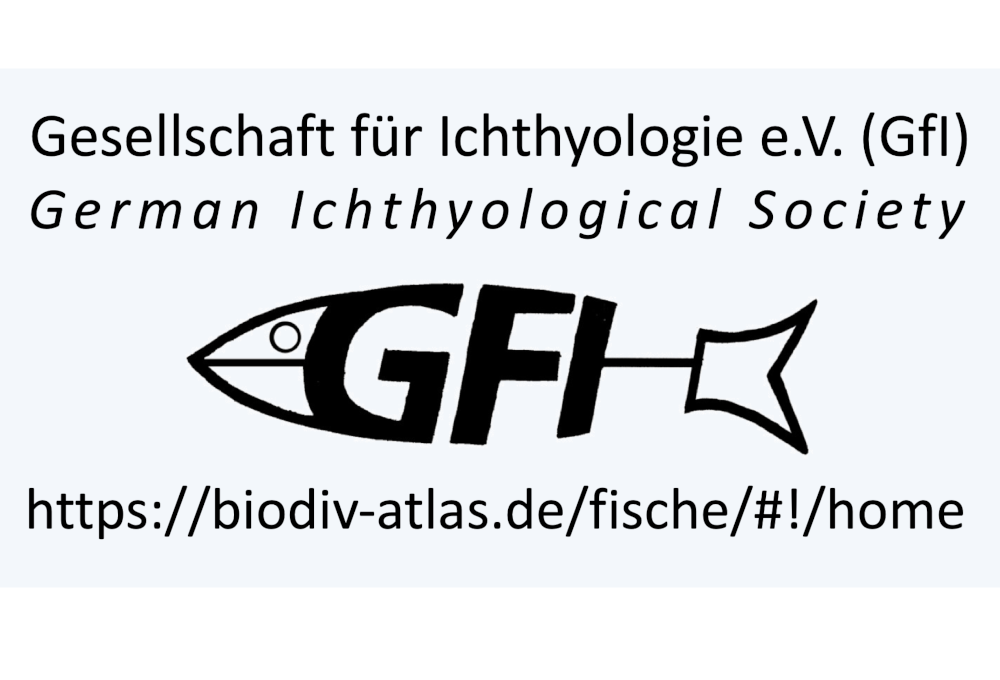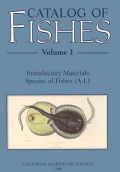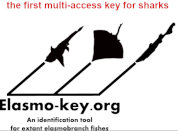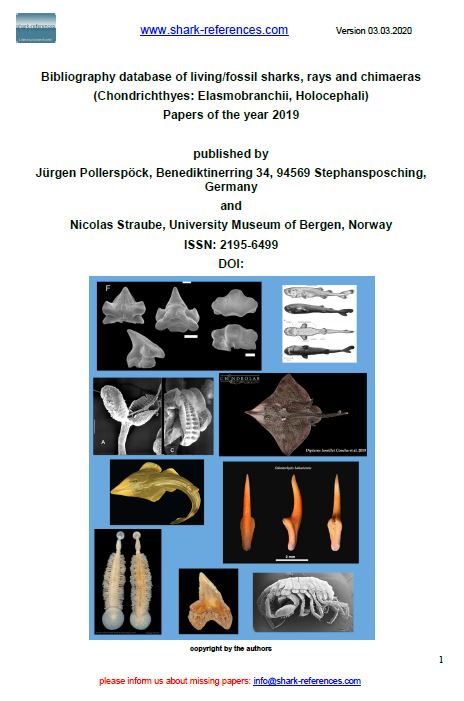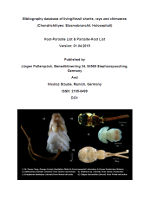
Endangered mobulids within sustainable use protected areas of southeastern Brazil: occurrence, fisheries impact, and a new prey item. Environmental Biology of Fishes, 105(6), 775–786
DOI: 10.1007/s10641-022-01282-0
Environmental factors involved in breaching behavior of manta rays in estuarine waters. Marine Ecology Progress Series, 674, 203–219
DOI: 10.3354/meps13815

Understanding the behavior of manta rays: answer to a critique. Journal of Ethology, 35(1), 149–152
DOI: 10.1007/s10164-016-0497-1

Contingency checking and self-directed behaviors in giant manta rays: Do elasmobranchs have self-awareness? Journal of Ethology, 34(2), 167–174
DOI: 10.1007/s10164-016-0462-z

Long-term body pigmentation changes on a manta ray (Mobulidae). Biological Journal of the Linnean Society, 114(2), 406–414
DOI: 10.1111/bij.12416

What Can We Learn From Deep-Diving Elasmobranchs to Help Humans Adapt to Extreme Underwater Environments? Abstract. FASEB Journal, 29(1 Supplement): 678.18

Rapid coloration changes of manta rays (Mobulidae). Biological Journal of the Linnean Society, 113(1), 180–193
DOI: 10.1111/bij.12321


Absence of post-lesion reactive gliosis in elasmobranchs and turtles and its bearing on the evolution of astroglia. Journal of Experimental Zoology Part B, Molecular and Developmental Evolution, 320(6), 351–367
DOI: 10.1002/jez.b.22505

Population estimates of Alfred mantas (Manta alfredi) in central Maldives atolls: North Male, Ari and Baa. Environmental Biology of Fishes, 93(4), 557–575
DOI: 10.1007/s10641-011-9950-8

Visual abilities and social interaction of manta rays with the largest brain of fishes and the possible underlying neurological structures [Abstract]. In Abstracts of the International Behavioral Neuroscience Society, Kailua–Kona, Hawaii, USA, June 5–10, 2012, 21: 47
Encephalization and brain morphology of Mobulid rays (Myliobatiformes, Elasmobranchii) with ecological perspectives. The Open Anatomy Journal, 3: 1–13
DOI: 10.2174/1877609401103010001
On the Brain of Cartilaginous Fishes: Cerebralization, astroglial architecture and blood-brain barrier composition. LAP Lambert Academic Publishing, ISBN 978–3–8383–1610–9

Glial Architecture of the Ghost Shark (Callorhinchus milii, Holocephali, Chondrichthyes) as revealed by Different Immunohistochemical Markers. Journal of Experimental Zoology Part B, Molecular and Developmental Evolution, 310(6), 504–519
DOI: 10.1002/jez.b.21223

Evolutionary changes of astroglia in Elasmobranchii comparing to amniotes: a study based on three immunohistochemical markers (GFAP, S-100, and glutamine synthetase). Brain, Behavior and Evolution, 71(4), 305–324
DOI: 10.1159/000129654

Role of sensory cues on food searching behavior of a captive Manta birostris (Chondrichtyes, Mobulidae). Zoo Biology, 27(4), 294–304
DOI: 10.1002/zoo.20189
A study on the learning and sensory capabilities of a captive Manta birostris (Mobulidae) [Abstract]. American Elasmobranch Society 21th Annual Meeting, Tampa, Florida
Multiplex shafted fibroma on the upper jaw of a sand-tiger shark (Carcharias (Odontaspis) taurus). Hungarian Veterinary Journal, 127, 242–245
Morphometrical studies on the cerebellum of a ray species (Mobula japanica) of the order Myliobatiformes- sexual dimorphism? Abstract. Clinical Neuroscience, 56, 5
Search for astroglia in the GFAP-free areas of the brains of cartilagineous and bony fishes applying immunohistochemical staining of glutamine syntethase and S-100 protein [Abstract]. Neurobiology,
Comparative study of astroglial markers, GFAP, glutamine syntethase and S-100 in skate brain [Abstract]. Anat. Supl., 183: 104











